Weishan Ye
Integrating Biological and Machine Intelligence: Attention Mechanisms in Brain-Computer Interfaces
Feb 26, 2025Abstract:With the rapid advancement of deep learning, attention mechanisms have become indispensable in electroencephalography (EEG) signal analysis, significantly enhancing Brain-Computer Interface (BCI) applications. This paper presents a comprehensive review of traditional and Transformer-based attention mechanisms, their embedding strategies, and their applications in EEG-based BCI, with a particular emphasis on multimodal data fusion. By capturing EEG variations across time, frequency, and spatial channels, attention mechanisms improve feature extraction, representation learning, and model robustness. These methods can be broadly categorized into traditional attention mechanisms, which typically integrate with convolutional and recurrent networks, and Transformer-based multi-head self-attention, which excels in capturing long-range dependencies. Beyond single-modality analysis, attention mechanisms also enhance multimodal EEG applications, facilitating effective fusion between EEG and other physiological or sensory data. Finally, we discuss existing challenges and emerging trends in attention-based EEG modeling, highlighting future directions for advancing BCI technology. This review aims to provide valuable insights for researchers seeking to leverage attention mechanisms for improved EEG interpretation and application.
NSSI-Net: Multi-Concept Generative Adversarial Network for Non-Suicidal Self-Injury Detection Using High-Dimensional EEG Signals in a Semi-Supervised Learning Framework
Oct 16, 2024
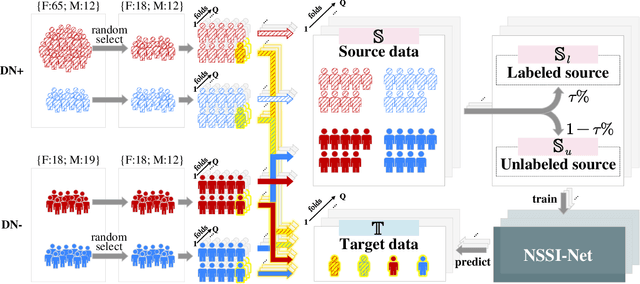
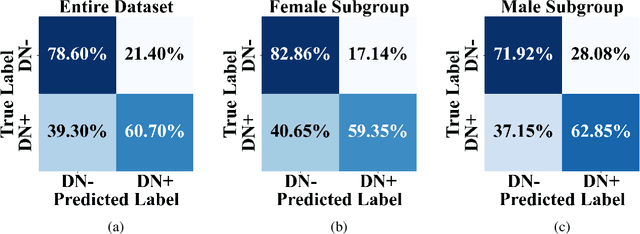

Abstract:Non-suicidal self-injury (NSSI) is a serious threat to the physical and mental health of adolescents, significantly increasing the risk of suicide and attracting widespread public concern. Electroencephalography (EEG), as an objective tool for identifying brain disorders, holds great promise. However, extracting meaningful and reliable features from high-dimensional EEG data, especially by integrating spatiotemporal brain dynamics into informative representations, remains a major challenge. In this study, we introduce an advanced semi-supervised adversarial network, NSSI-Net, to effectively model EEG features related to NSSI. NSSI-Net consists of two key modules: a spatial-temporal feature extraction module and a multi-concept discriminator. In the spatial-temporal feature extraction module, an integrated 2D convolutional neural network (2D-CNN) and a bi-directional Gated Recurrent Unit (BiGRU) are used to capture both spatial and temporal dynamics in EEG data. In the multi-concept discriminator, signal, gender, domain, and disease levels are fully explored to extract meaningful EEG features, considering individual, demographic, disease variations across a diverse population. Based on self-collected NSSI data (n=114), the model's effectiveness and reliability are demonstrated, with a 7.44% improvement in performance compared to existing machine learning and deep learning methods. This study advances the understanding and early diagnosis of NSSI in adolescents with depression, enabling timely intervention. The source code is available at https://github.com/Vesan-yws/NSSINet.
EEG-SCMM: Soft Contrastive Masked Modeling for Cross-Corpus EEG-Based Emotion Recognition
Aug 17, 2024



Abstract:Emotion recognition using electroencephalography (EEG) signals has garnered widespread attention in recent years. However, existing studies have struggled to develop a sufficiently generalized model suitable for different datasets without re-training (cross-corpus). This difficulty arises because distribution differences across datasets far exceed the intra-dataset variability. To solve this problem, we propose a novel Soft Contrastive Masked Modeling (SCMM) framework. Inspired by emotional continuity, SCMM integrates soft contrastive learning with a new hybrid masking strategy to effectively mine the "short-term continuity" characteristics inherent in human emotions. During the self-supervised learning process, soft weights are assigned to sample pairs, enabling adaptive learning of similarity relationships across samples. Furthermore, we introduce an aggregator that weightedly aggregates complementary information from multiple close samples based on pairwise similarities among samples to enhance fine-grained feature representation, which is then used for original sample reconstruction. Extensive experiments on the SEED, SEED-IV and DEAP datasets show that SCMM achieves state-of-the-art (SOTA) performance, outperforming the second-best method by an average accuracy of 4.26% under two types of cross-corpus conditions (same-class and different-class) for EEG-based emotion recognition.
Semi-Supervised Dual-Stream Self-Attentive Adversarial Graph Contrastive Learning for Cross-Subject EEG-based Emotion Recognition
Aug 13, 2023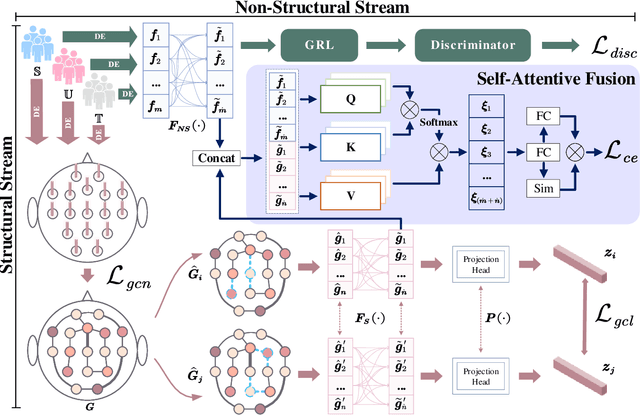
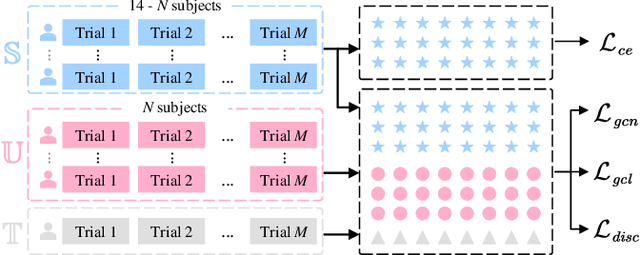
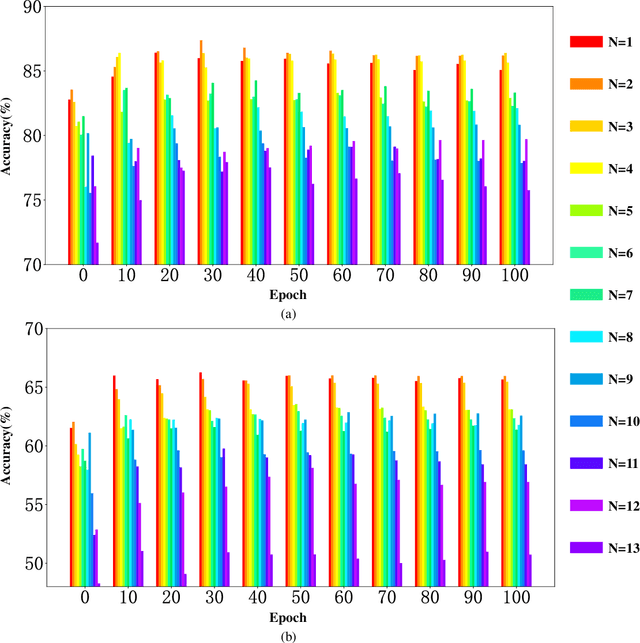

Abstract:Electroencephalography (EEG) is an objective tool for emotion recognition with promising applications. However, the scarcity of labeled data remains a major challenge in this field, limiting the widespread use of EEG-based emotion recognition. In this paper, a semi-supervised Dual-stream Self-Attentive Adversarial Graph Contrastive learning framework (termed as DS-AGC) is proposed to tackle the challenge of limited labeled data in cross-subject EEG-based emotion recognition. The DS-AGC framework includes two parallel streams for extracting non-structural and structural EEG features. The non-structural stream incorporates a semi-supervised multi-domain adaptation method to alleviate distribution discrepancy among labeled source domain, unlabeled source domain, and unknown target domain. The structural stream develops a graph contrastive learning method to extract effective graph-based feature representation from multiple EEG channels in a semi-supervised manner. Further, a self-attentive fusion module is developed for feature fusion, sample selection, and emotion recognition, which highlights EEG features more relevant to emotions and data samples in the labeled source domain that are closer to the target domain. Extensive experiments conducted on two benchmark databases (SEED and SEED-IV) using a semi-supervised cross-subject leave-one-subject-out cross-validation evaluation scheme show that the proposed model outperforms existing methods under different incomplete label conditions (with an average improvement of 5.83% on SEED and 6.99% on SEED-IV), demonstrating its effectiveness in addressing the label scarcity problem in cross-subject EEG-based emotion recognition.
EEGMatch: Learning with Incomplete Labels for Semi-Supervised EEG-based Cross-Subject Emotion Recognition
Mar 27, 2023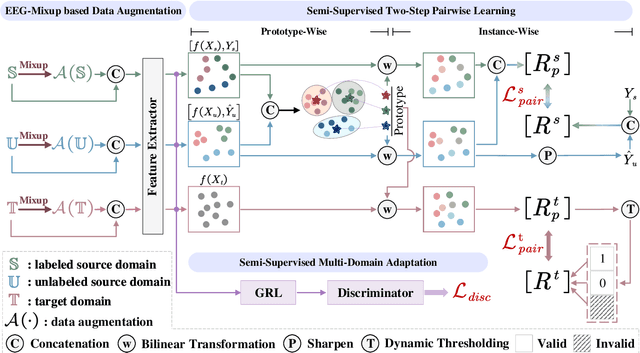


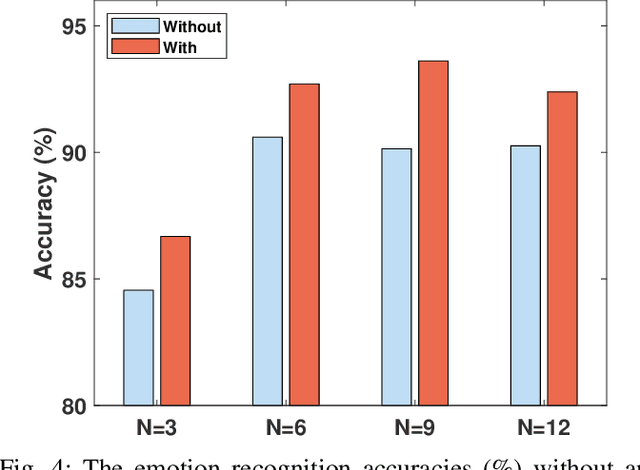
Abstract:Electroencephalography (EEG) is an objective tool for emotion recognition and shows promising performance. However, the label scarcity problem is a main challenge in this field, which limits the wide application of EEG-based emotion recognition. In this paper, we propose a novel semi-supervised learning framework (EEGMatch) to leverage both labeled and unlabeled EEG data. First, an EEG-Mixup based data augmentation method is developed to generate more valid samples for model learning. Second, a semi-supervised two-step pairwise learning method is proposed to bridge prototype-wise and instance-wise pairwise learning, where the prototype-wise pairwise learning measures the global relationship between EEG data and the prototypical representation of each emotion class and the instance-wise pairwise learning captures the local intrinsic relationship among EEG data. Third, a semi-supervised multi-domain adaptation is introduced to align the data representation among multiple domains (labeled source domain, unlabeled source domain, and target domain), where the distribution mismatch is alleviated. Extensive experiments are conducted on two benchmark databases (SEED and SEED-IV) under a cross-subject leave-one-subject-out cross-validation evaluation protocol. The results show the proposed EEGmatch performs better than the state-of-the-art methods under different incomplete label conditions (with 6.89% improvement on SEED and 1.44% improvement on SEED-IV), which demonstrates the effectiveness of the proposed EEGMatch in dealing with the label scarcity problem in emotion recognition using EEG signals. The source code is available at https://github.com/KAZABANA/EEGMatch.
 Add to Chrome
Add to Chrome Add to Firefox
Add to Firefox Add to Edge
Add to Edge